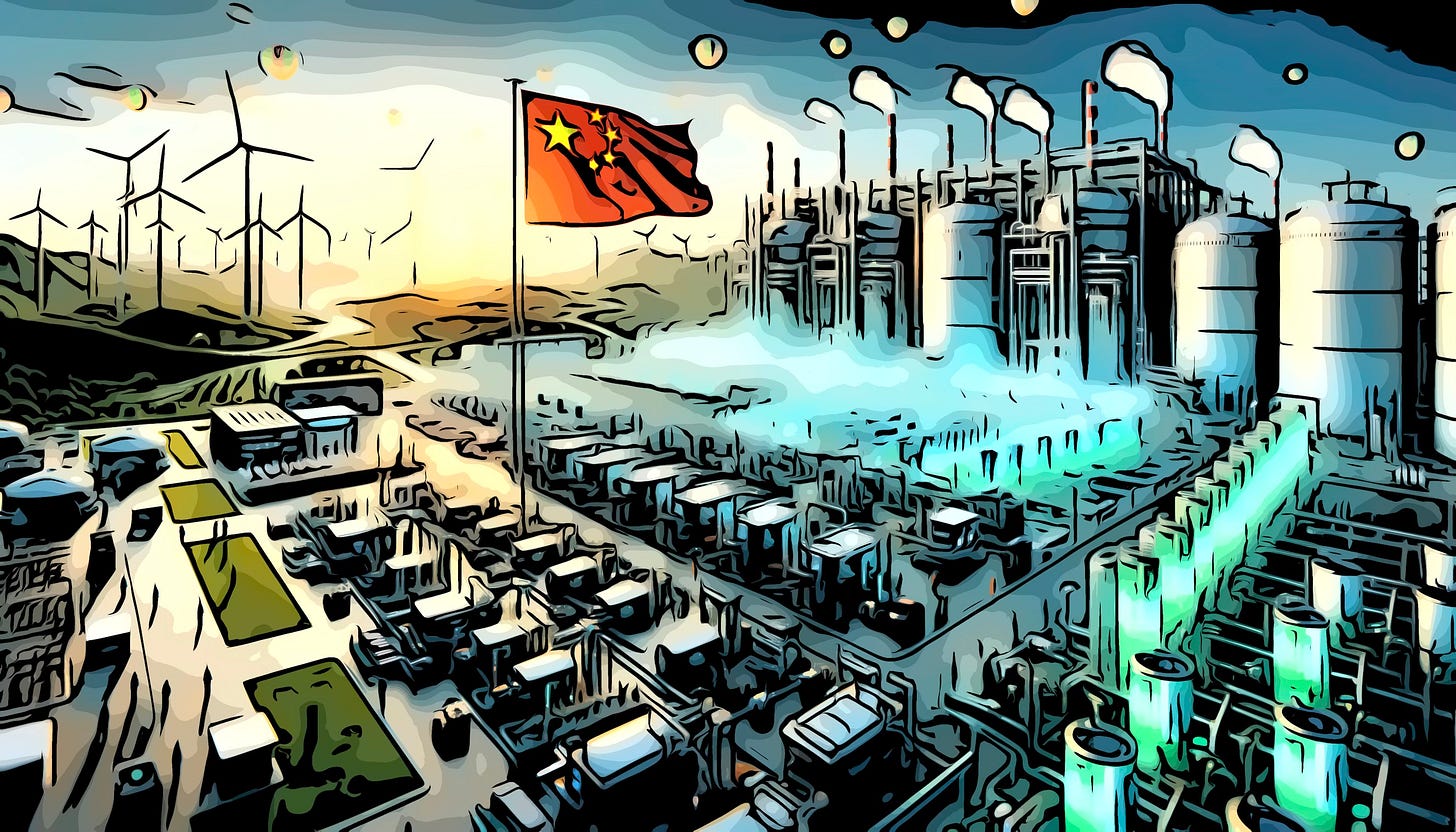Bowen’s multi-billion-dollar fantasy unravels
As global confidence in green hydrogen crumbles, the Energy Minister refuses to let go
The government is throwing good money after bad in pursuit of the delusional goal of turning Australia into a green energy superpower. Mounting evidence from around the world shows that green hydrogen is economically and technically unworkable.
Prolonged Grief Disorder is a well-recognised condition in bereavement psychology.
Chris Bowen has been in its grip since last July when Andrew Forrest broke the news that he was abandoning green hydrogen. The Energy Minister still struggles to accept the reality of the loss or its meaning.
Green hydrogen was vital to his plans to turn renewable energy into an export industry and decarbonise agriculture, heavy manufacturing and transport.
Without green hydrogen in the mix in other words, Bowen's net-zero plans are cooked. The billions of dollars the government has committed to green hydrogen subsidies serve only to prove that ministerial fools and public funds are easily parted.
Last Thursday, Bowen announced that the government would punt another $814 million to keep the 1500 MW Murchison Green Hydrogen Project alive in Western Australia.
The lucky recipient is Copenhagen Infrastructure Partners, which manages approximately €32 billion ($A55 billion) across 13 funds and is supported by over 180 institutional investors worldwide.
That CIP is not reluctant to risk its own capital in the Murchison development is indicative of the risk the government has taken on.
Bowen says the plant is expected to produce 900,000 tonnes of green ammonia each year, equivalent to almost half of Australia's current ammonia production. The odds against achieving that goal are impossibly long.
Bowen's reluctance to concede that the green hydrogen export dream is over is at odds with the green energy industry's assessment. It has become clear for some time that no amount of corporate welfare will make it viable.
Renew Economy, normally an echo chamber for pro-renewables rhetoric no longer ignores the weakness of the business case. In an article published this week, Michael Barnard says, "Australia's hydrogen strategy has been a mix of ambition, overreach, and slow reality checks."
The plan was built on a fundamental misunderstanding of how energy transitions actually work and unrealistic assumptions that green hydrogen would be cheap…
Major trusted organisations, including CSIRO and the International Energy Agency, fluffed it.
Barnard's concession is partial. He says the idea that hydrogen could replace gas in household heating or serve as a widespread transport fuel was never realistic.
He says a hydrogen-powered car uses about three times more energy per
Keep reading with a 7-day free trial
Subscribe to Reality Bites By Nick Cater to keep reading this post and get 7 days of free access to the full post archives.




